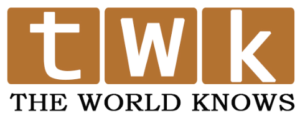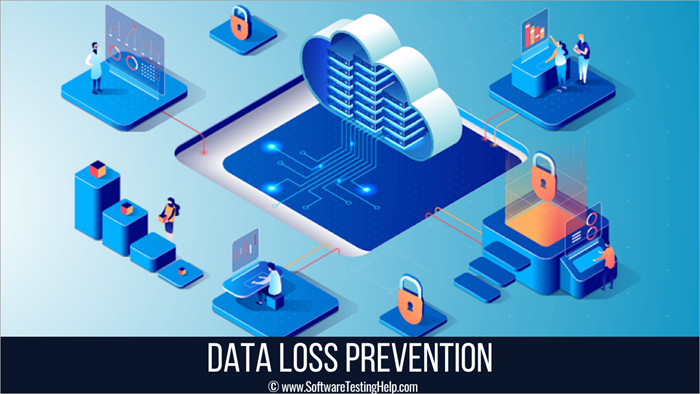A DLP solution helps you protect confidential data from unauthorized access. These solutions can be deployed on-premises, in the cloud, or a hybrid of the two.
Many types of DLP solutions are available on the market, so choosing the right one for your business is essential. Here are some things to consider to help you determine which is best for your needs.
Determine Your Needs
If you’re planning to deploy a DLP solution, it’s essential to understand your needs and choose the right one for your business. The right DLP solution will help protect sensitive data, ensure regulatory compliance, and improve cybersecurity. However, selecting the right product requires a lot of research and analysis.
The first step in determining your needs is to assess your current infrastructure, data stores, and network hardware inventory. This will help you tear down any data silos and identify potential security vulnerabilities.
During this stage, you should create a classification framework allowing your DLP solution to accurately orchestrate and categorize your data. This is especially important for large enterprises with many users and complex infrastructures.
Once you understand your needs, it’s time to gather your team and investigate DLP platforms. This will help you identify which DLP architectures (endpoint, network, discovery, or cloud) best meet your needs.
Determining your budget is another essential step in deciding which DLP solution is best for your business. Ensuring you have enough money to pay for and maintain the DLP platform over time is vital.
DLP solutions will typically need regular maintenance and audits to work effectively. This should be done yearly to ensure that the tool functions as intended and that your team uses it correctly.
Determine Your Budget
A data leak prevention (DLP) solution can help you protect sensitive business information from accidental or malicious breaches. It also enables you to ensure that your employees can access only the correct data at the right time. But before shopping for a DLP solution, you need to understand your business and what you need from a security system.
The first step is determining your budget, and the second is deciding what features you want from your DLP solution. For example, email filtering, web filtering, file type blocking, user activity monitoring, and incident reporting capabilities. Then, you can narrow your list to the DLP solutions best suited to your needs.
When looking for the best DLP solution for your company, you want to find a vendor with a proven track record who can deliver what you need when you need it most. This will help you avoid a costly disaster down the road.
A good DLP solution will make your business safer while boosting productivity and customer satisfaction. It would help to choose the right DLP solution, so you don’t have a bloated technology that will hinder your growth and productivity. The best way to do this is to research and compare multiple vendors in the DLP space before making a final decision.
Determine Your Security Needs
Choosing the right DLP solution for your business is crucial for protecting sensitive data. It should be able to identify and classify sensitive information, add required security controls and set up monitoring and reporting to protect it from exposure.
Identifying the right DLP solution for your business begins with knowing your needs and goals. Typically, this includes knowing your organization’s size and budget, the types of data you want to secure, network infrastructure, and technical requirements.
In addition, the DLP tool should be able to provide comprehensive coverage. It must monitor data at rest and in transit across multiple storage resources, endpoints, and protocols.
It should also be able to block sensitive data in transit and enforce policies against it leaving the network through various channels, such as email, FTP, and web/instant messaging.
To maximize the use of a DLP tool, information security teams should frequently discuss configurations and new features with vendors and support staff to optimize value and validate use in their environment. They should also conduct regular audits and adversary emulation exercises to ensure the tool works as it should.
The most effective DLP solutions focus on detecting and blocking data leaks by malicious attackers and employees who violate data-handling best practices. This is why it’s essential to involve critical leadership within your organization during the discovery process and give them chances to view demos before making a final decision.
Choose the Right Vendor
Before buying a DLP solution, it’s essential to understand what your company’s needs are. This will help you choose the right vendor for your business and ensure they can meet those needs.
For example, if your organization’s primary need is to protect data in motion, a DLP solution that can provide this level of protection is essential. It should be able to monitor user behavior and identify when and where sensitive information is being transferred or shared.
Another critical feature that you should look for in a DLP solution is how it handles unauthorized data access. It should be able to flag suspicious activity and notify the appropriate people in your organization.
In addition, make sure that the solution you choose can handle various use cases. This includes protecting data sent across the network or to third parties, such as bankers and payment processors.
The solution should also prevent leakage consistently and comprehensively throughout your organization, including on the cloud. This will save your employees time and reduce your IT costs while ensuring that sensitive data stays where it’s supposed to.
To decide on the right DLP vendor, it’s essential to involve all of the leaders within your organization. This includes IT, operations, legal, and sales and marketing executives. These individuals will be responsible for implementing and enforcing the DLP program.










